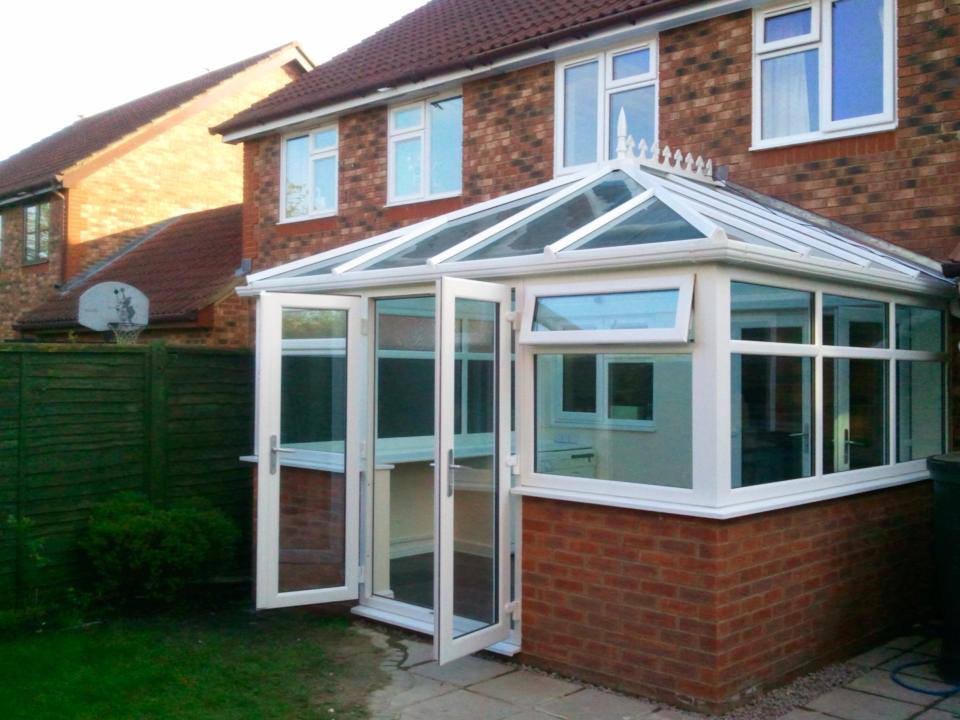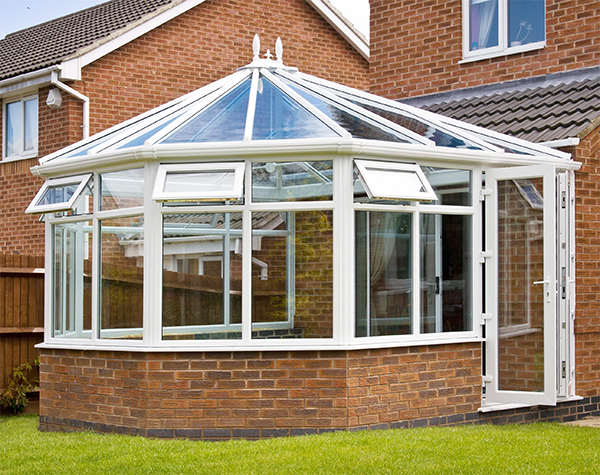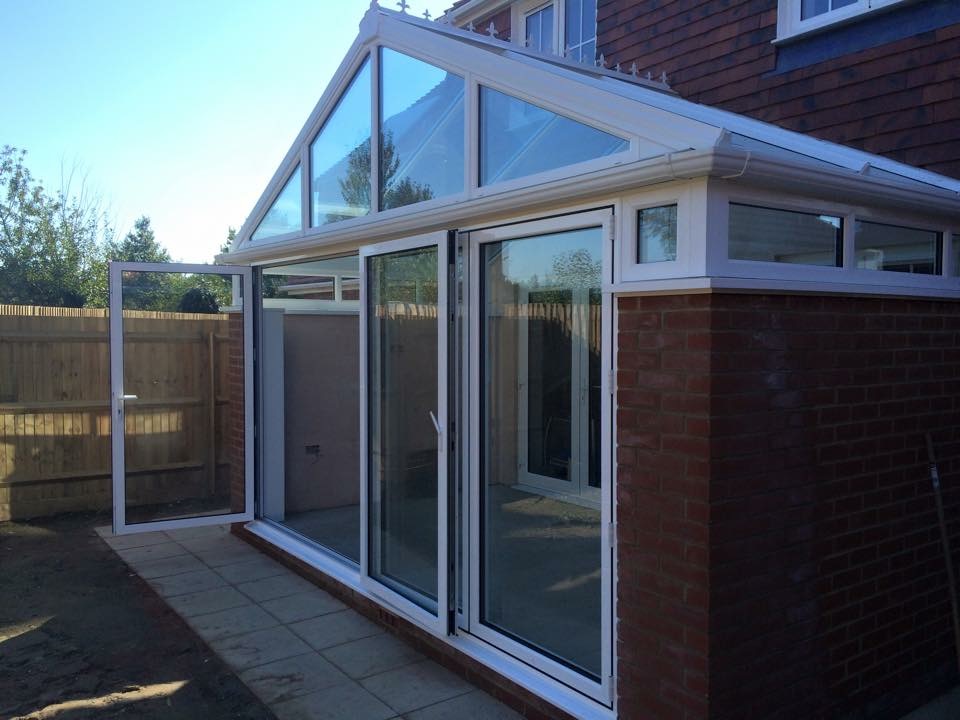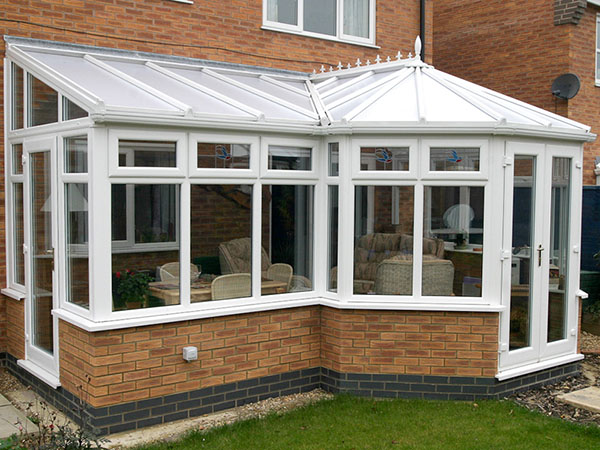Conservatories
Enhance your home with much-needed extra space now. Paul Pilcher Ltd provides conservatory installation services at a very affordable price.
Your conservatory adds much-desired room to your property, boosting its marketable value instantly. Tailored to suit your home’s individual style, we build long-lasting conservatories that are guaranteed to stand the test of time. All of our uPVC Windows and doors are manufactured using the latest uPVC technology with a high impact 70mm framework and thermally welded joints. The multi-chambered casement profile provides very low levels of thermal transmittance together with minimal air leakage.
A unique Homeguard ™ range of locks and handles offers proven protection against burglary with multi-point locking systems fitted as standard on all windows and doors. The locking system is accredited and proven to meet British Standards for enhanced security.
Our range of conservatories are available in the following styles: Lean To • Edwardian •Victorian • Gable• Combination •Bespoke.
Our uPVC Conservatories are available in an extensive range of different colours. These include: White • Rosewood • Grey • Black • Chartwell Green • Cream • White Ash • Irish Oak
With a range of roofing choices including: Clear Polycarbonate• Opal Polycarbonate • Bronze Polycarbonate • Clear Glass • Active Easi Clean Pilkington Glass™ • Bronze Glass.
Lean To
This simple design complements all styles of architecture and can be customised with your choice of windows and Doors. The basic shape of a lean to design is rectangular. They can most often be found attached to the rear wall of a property with a sloping roof. The sides of the conservatory can be floor to ceiling glass or part glazed-part solid with the lower section of the side consisting of a dwarf wall made of brick or block-work.
Our lean-to conservatories have a low-pitched roof which makes it ideally suited to bungalows or houses restricted by height. The lean-to conservatory can be easily adapted for small and awkward spaces without compromising your aesthetics.
Edwardian
The Edwardian conservatory features a pitched roof with an apex. This pitched roof results in a vaulted ceiling affect that lets in more natural light. The traditional design offers an ideal solution for homes with low eaves or first floor window cills. Edwardian conservatories are usually square or rectangular making them functional and spacious, and an attractive addition to any property. The Edwardian conservatory makes use of beautiful plain glass walls. This conservatory is designed to maximise your properties exterior, keeping ornamentation to a minimum with glass detailing usually being limited to the dwarf wall.
Victorian
The Victorian conservatory is a modern design classic. Sharp roof angles are softened by this style’s facets to create a rounded finish. Victorian conservatory can comprise of either three facets featuring a bay front with three main windows at wide angles or the five-facet Victorian. This conservatory style also has a bay front but with five main windows for space as well as aesthetics. Victorian conservatories are available in many different styles to match your home with either fully glazed or dwarf wall options
Gable
A gable-end conservatory is square or rectangular .A popular style option is extra brickwork with either a three-quarter or full-height wall on one or two sides of the conservatory. The striking high roofline gives extra height and space unlike any other design. This high angled roof design amplifies natural light and space, creating a welcoming atmosphere that is both aesthetically pleasing and practical.
Combination
The P-shape conservatory is a style that is ideal for larger, detached properties, combining a lean-to conservatory with a Victorian conservatory, which can be either three-faceted or five-faceted. When viewed from above takes the shape of the letter ‘p’. The P-shape conservatory creates a versatile style. This is because the conservatory extends in different directions. The P-shape conservatory is, therefore, ideal for using as two separate living areas. Modern families often use the longer part of the P-shape style as a lounge or dining area, with the rounded part being used as a children’s play area. Your P-shaped conservatory can be frame and glass, extending from the ground up or built on a dwarf wall to match the existing brickwork of the property.





